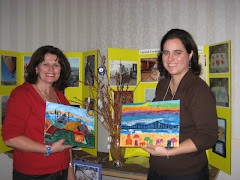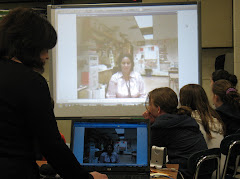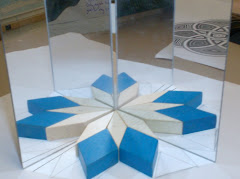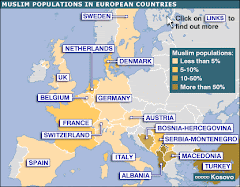
This website is designed by Miss Avery and Mrs. Kopecki as an online resource for teaching about Turkey and the Islamic world. Our two classes are currently engaged in a Videoconferencing partnership and this website was designed to document and reflect that partnership.
This virtual collaboration between our two schools has been made possible through a grant from ACES located in Hamden, Connecticut. The Area Cooperative Educational Services (ACES) is the Regional Educational Service Center for the twenty-five school districts in south central Connecticut.
Transforming Learning with Videoconferencing has successfully connected students from economically, geographically, and culturally diverse communities for the past six years. This program provides students and teachers from various districts the opportunity to become virtual partners and work collaboratively to develop an authentic task that extends their classroom curriculum. Transforming Learning with Videoconferencing addresses many of the foundation skills and competencies as outlined in The Connecticut Framework and the Connecticut Common Core of Learning. Students work towards developing the proficiency, confidence, and fluency in speaking, listening and viewing needed to meet the literacy demands of the 21st century. Students explore information and arguments from various points of view to think critically and creatively to solve problems. Through the natural progression of the collaborative process students begin to appreciate the world views and perceptions other students based on their cultural identities.
This is our 3rd year piloting this program, continually revising, editing and adapting new learning and experiences. We will be adding an exciting new technological component to this unit, incorporating the iPOD, as students create their own multidimensional presentation. These presentations will take the viewer on a journey as they explore the Islamic world, connecting with the art, culture, religion and history of the region.
Check back often as new information is continually posted.



















































